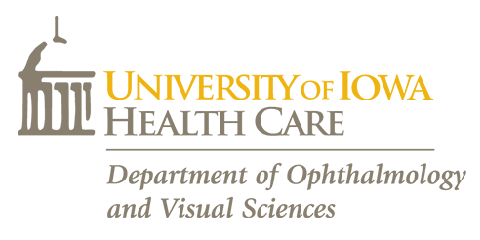Ciliopathies are a group of heterogeneous disorders associated with ciliary dysfunction. Diseases in this group display considerable phenotypic variation within individual syndromes and overlapping phenotypes among clinically distinct disorders. Particularly, mutations in CEP290 cause phenotypically diverse ciliopathies ranging from isolated retinal degeneration, nephronophthisis and Joubert syndrome, to the neonatal lethal Meckel-Gruber syndrome. However, the underlying mechanisms of the variable expressivity in ciliopathies are not well understood. Here, we show that components of the BBSome, a protein complex composed of seven Bardet-Biedl syndrome (BBS) proteins, physically and genetically interact with CEP290 and modulate the expression of disease phenotypes caused by CEP290 mutations. The BBSome binds to the N-terminal region of CEP290 through BBS4 and co-localizes with CEP290 to the transition zone (TZ) of primary cilia and centriolar satellites in ciliated cells, as well as to the connecting cilium in photoreceptor cells. Although CEP290 still localizes to the TZ and connecting cilium in BBSome-depleted cells, its localization to centriolar satellites is disrupted and CEP290 appears to disperse throughout the cytoplasm in BBSome-depleted cells. Genetic interactions were tested using Cep290(rd16)- and Bbs4-null mutant mouse lines. Additional loss of Bbs4 alleles in Cep290(rd16/rd16) mice results in increased body weight and accelerated photoreceptor degeneration compared with mice without Bbs4 mutations. Furthermore, double-heterozygous mice (Cep290(+/rd16);Bbs4(+/-)) have increased body weight compared with single-heterozygous animals. Our data indicate that genetic interactions between BBSome components and CEP290 could underlie the variable expression and overlapping phenotypes of ciliopathies caused by CEP290 mutations.
BBS mutations modify phenotypic expression of CEP290-related ciliopathies.
Journal:
Human Molecular Genetics
Additional Information:
2014 Jan 1; 23(1): 40–51.
Publication Date:
Jan 1 2014
Pubmed ID:

